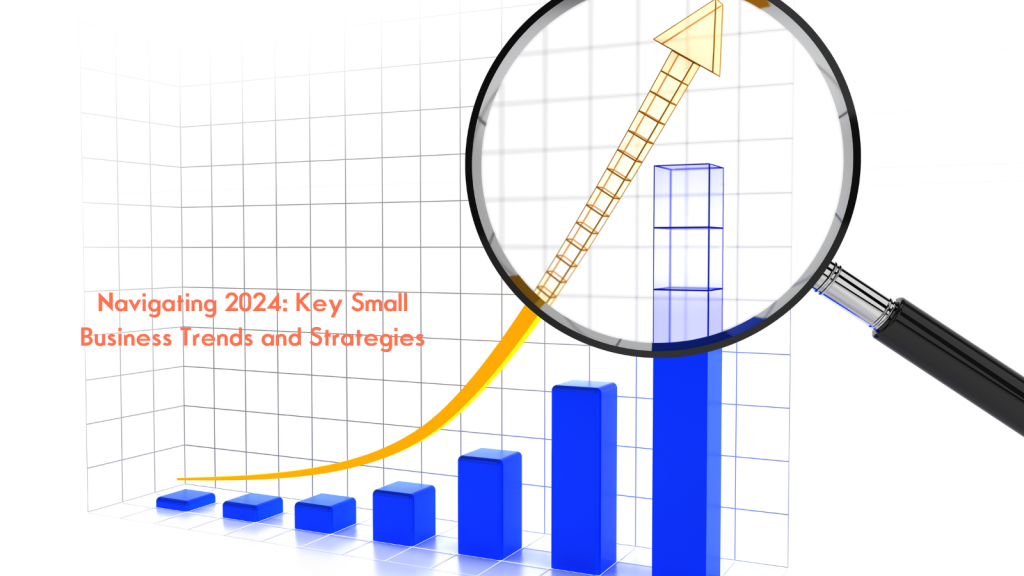Disability Employment Opportunities – Breaking Down Barriers

Article written by Sara Pantaleo
Labour Market in Australia
Australia faces a challenging labour market, and amidst this backdrop lies an untapped reservoir of potential – people with disabilities. According to the Australian Institute of Health and Welfare (AIHW), a mere 48% of working-age Australians with disabilities are employed, a stark contrast to the 80% employment rate for those without disabilities. This represents a missed opportunity for individuals seeking meaningful employment and a significant loss for organisations that could benefit from a more diverse and inclusive workforce.
Recently, the concept of inclusion has emerged as a powerful catalyst for positive change. It goes beyond just providing equal opportunities; it’s about creating an environment where everyone feels valued, supported, and empowered to contribute their unique skills and perspectives regardless of their abilities. Recently, I worked with a neurodivergent individual who worked in an organisation highlighting themselves as inclusive; however, when he advised he needed part-time work, they declined, forcing him to resign. Organisations embracing diversity and inclusion need to ensure they prepare the organisation and current team to be open to more flexibility and listen to the needs of their employees.
The Power of Inclusion
Building inclusive workplaces goes beyond meeting quotas; it unlocks many advantages for any organisation, such as:
- Increased Diversity of Thought and Skills
- Welcoming a wider range of perspectives fosters creativity and innovation, improving problem-solving and decision-making. When individuals from diverse backgrounds collaborate, the synergy of ideas gives rise to solutions that may not have been conceivable in a more homogeneous environment.
- Improved Employee Engagement and Productivity
- When employees feel valued and supported, they become more engaged, leading to higher levels of productivity and commitment. Inclusion is not merely a checkbox; it’s a cultural shift that enhances the overall well-being of the workforce, creating a positive ripple effect in both personal and professional spheres.
- Reduced Staff Turnover
- Inclusive workplaces experience lower turnover rates, saving valuable time and resources for recruitment and training. This continuity also contributes to a more stable and harmonious work environment.
- Stronger Employer Brand and Reputation
- Companies that champion diversity and inclusion attract top talent and build a positive reputation, making them more competitive in the market. Beyond meeting legal requirements, embracing diversity becomes a badge of honour, signalling to clients, customers, and prospective employees that the organisation values equality and inclusivity.
Breaking Down the Barriers
So, why aren’t more Australian organisations embracing diversity and inclusion? Several barriers stand in the way, such as:
- Unconscious Bias
- Stereotypes and assumptions about people with disabilities can inadvertently lead to unfair hiring practices. Combatting unconscious bias requires a collective effort to raise awareness and implement fair and inclusive hiring processes.
- Lack of Understanding and Accommodation
- Many workplaces lack the knowledge and resources to provide necessary accommodations for employees with disabilities. Education and training programs can bridge this gap, empowering organisations to create accessible and inclusive environments.
- Limited Access to Support Services
- Individuals with disabilities may encounter difficulties accessing essential support services that could help them overcome employment challenges. Addressing this issue involves collaboration between organisations and disability support services to ensure a seamless support system.
Building a Bridge, Not a Wall
The metaphorical bridge to inclusion involves overcoming these barriers and fostering an environment where everyone feels welcome and supported. It’s not about erecting walls that segregate but rather building connections that bridge gaps and celebrate diversity.
Key Strategies for Successful Inclusion:
- Training and Awareness
- Preparing the team and educating managers and colleagues about disability and the benefits of inclusion are foundational. Workshops, seminars, and ongoing training sessions can cultivate a culture of understanding, empathy, and acceptance.
- Flexible Work Arrangements
- Offering flexible work arrangements such as part-time work, job sharing, and remote work accommodates diverse needs. This not only helps employees with disabilities but also contributes to a more adaptable and resilient work environment.
- Accessible Workplaces
- Ensuring both physical and technological accessibility removes barriers for employees with disabilities. This involves creating a physical workspace that accommodates various needs and investing in technology that supports diverse abilities.
- Open Communication
- It is essential to foster a culture where employees feel comfortable discussing their needs and requesting accommodations. Open lines of communication create an environment of trust and mutual understanding.
- Partnerships
- Collaborating with disability support organisations can provide access to resources and expertise. Building partnerships fosters a network of support, benefiting both employees and the organisation in creating a more inclusive workplace.
Starting the Journey
Creating an inclusive workplace is a journey that begins with small, deliberate steps. One such step is ensuring that job postings are inclusive and welcoming to all applicants. Utilise clear and concise language, avoid discriminatory terms and highlight opportunities for flexible work arrangements in your job descriptions.
Australian organisations can build a stronger, more resilient workforce by embracing diversity and inclusion. It’s an opportunity to tap into a rich pool of talent that, when nurtured and valued, can contribute to a more equitable and prosperous future for all. Let’s unlock the potential of every individual and collectively build workplaces where everyone is valued and thrives.
In conclusion, the journey towards a more inclusive future involves breaking down barriers, embracing diversity, and creating environments where everyone can thrive. It’s a commitment to continuous learning, adaptation, and fostering a sense of belonging for every individual, regardless of their abilities. Preparing the workplace and current employees is crucial to ensure the whole workplace is ready. As Australian organisations embark on this transformative journey, they pave the way for a brighter, more inclusive future for everyone and leverage accessibility to more human resources.
Contact us if you want to create a diverse and inclusive organisation and do not know where to start. We work with small business leaders to build productive, happy, thriving teams.
References:
McKinsey & Company: “Neurodiversity in the Workplace: A Strategy for Innovation and Creativity” (2017)
“Disability and the Labour Market in Australia: A Literature Review” (2020)
Amaze: “Neurodiversity in the Australian Workplace: Experiences and Expectations” (2022)
Australian Network on Disability: “Barriers to Employment for People with Disability in Australia” (2021)
Australian Human Rights Commission: “Disability Confidence and Workplace Inclusion in Australia” (2023)
Accenture: “The Neurodiversity Opportunity: A Guide for Talent Acquisition” (2021)
Additional Resources: JobAccess: https://www.jobaccess.gov.au/home
Disability Employment Opportunities – Breaking Down Barriers Read More »





